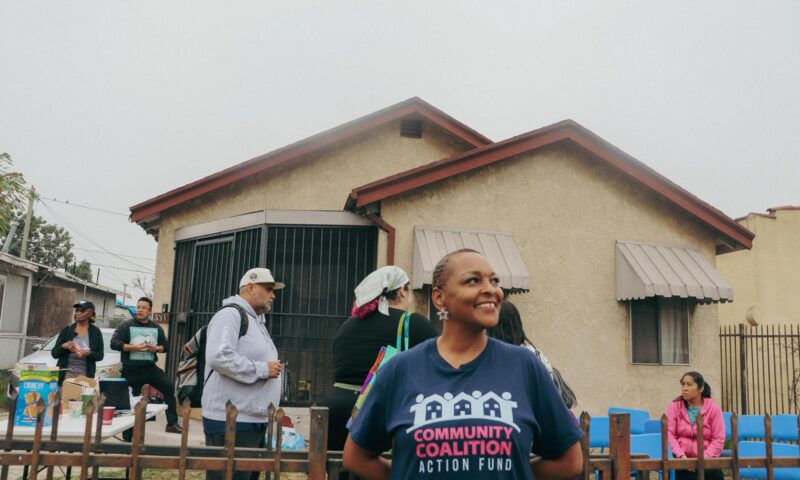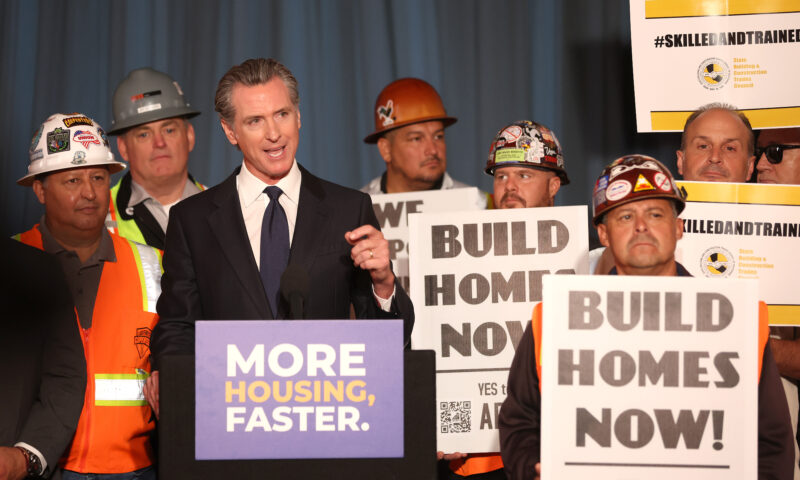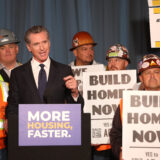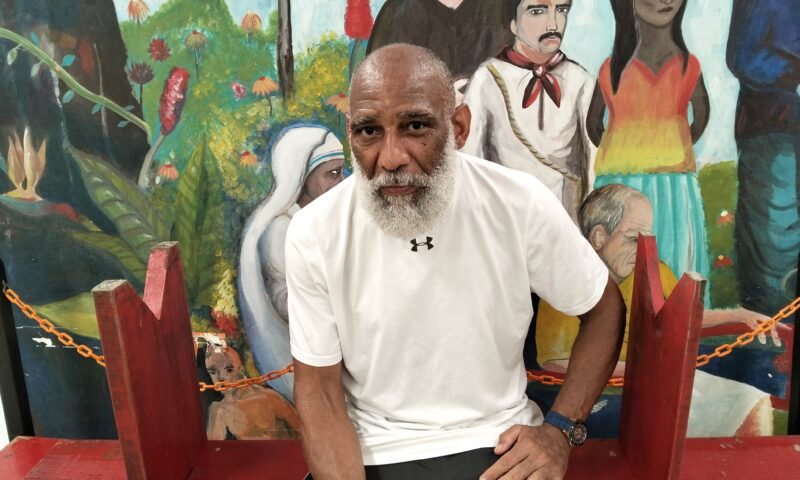Labor & Economy
Behind the Home Care Workers’ Wage Victory

(This reposted Harold Meyerson blog originally appeared in slightly different form on American Prospect. )
In 1938, Congress passed, and FDR signed into law, the Fair Labor Standards Act, which established the first federal minimum wage and overtime protections. And that, to the extent that most Americans think about the minimum wage, was that. To be sure, Congress occasionally raises the minimum wage (though they’ve got a long way to go to make it a living wage), but the national law, covering all workers, has long since been established, right?
Not quite.
In fact, the 1938 law only passed when Roosevelt and congressional liberals agreed to exclude some categories of workers—categories that included many millions of people—from its coverage in order to win the votes of the Southern Democrats they needed to pass it. So agricultural workers (by which Southern Democrats meant, African American sharecroppers) were excluded from its terms. They’ve since been included, but many migrant and immigrant workers are frequently and illegally short-changed. Retail workers only came under the act’s protection during John Kennedy’s presidency—a policy change that sorely vexed Sam Walton. Barack Obama [has] announced new Labor Department rules that would bring home care workers under the act’s provisions as well.
There are approximately 1.8 million home-care workers in the U.S. today, of whom 1.59 million are employed by staffing agencies. According to the White House press office, 92 percent are women, 30 percent are African American, 12 percent are Hispanic, and almost 40 percent rely on Medicaid and food stamps. Currently, 16 states (the usual suspects, including California, Illinois, and New York) extend both minimum-wage and overtime coverage to home-care workers, but 29 states offer no such protections. Now, by virtue of the new Labor Department regulations, the federal floor has been extended under these workers, too.
The regulations are a victory for those unions—above all the SEIU, but AFSCME as well—that have organized home-care workers in more liberal states, inasmuch as they diminish the cost-advantage enjoyed by subminimum-wage, bottom-dwelling employers. But mainly they’re a victory for the growing number of Americans who work at the bottom of our fast-growing service-and-health-care economy. The bottom has moved a little higher.
Harold Meyerson is the editor-at-large at the American Prospect and a columnist for the Washington Post.

-

 The SlickNovember 14, 2025
The SlickNovember 14, 2025Can an Imperiled Frog Stop Oil Drilling Near Denver Suburbs? Residents Hope So.
-

 Latest NewsNovember 19, 2025
Latest NewsNovember 19, 2025How Employers and Labor Groups Are Trying to Protect Workers From ICE
-

 Column - State of InequalityNovember 13, 2025
Column - State of InequalityNovember 13, 2025Barring a Sharp Shift, Health Insurance Costs Will Skyrocket
-

 Latest NewsNovember 18, 2025
Latest NewsNovember 18, 2025Future of Special Education at Risk, Teachers Say, as Trump Moves to Cut Staff and Programs
-

 The SlickNovember 18, 2025
The SlickNovember 18, 2025After Years of Sparring, Gov. Shapiro Abandons Pennsylvania’s Landmark Climate Initiative
-

 Latest NewsNovember 17, 2025
Latest NewsNovember 17, 2025In South L.A., Black and Latino Neighbors Unite Against ICE as Systems Fail
-

 Column - State of InequalityNovember 21, 2025
Column - State of InequalityNovember 21, 2025Seven Years Into Gov. Newsom’s Tenure, California’s Housing Crisis Remains Unsolved
-

 StrandedNovember 25, 2025
StrandedNovember 25, 2025‘I’m Lost in This Country’: Non-Mexicans Living Undocumented After Deportation to Mexico

